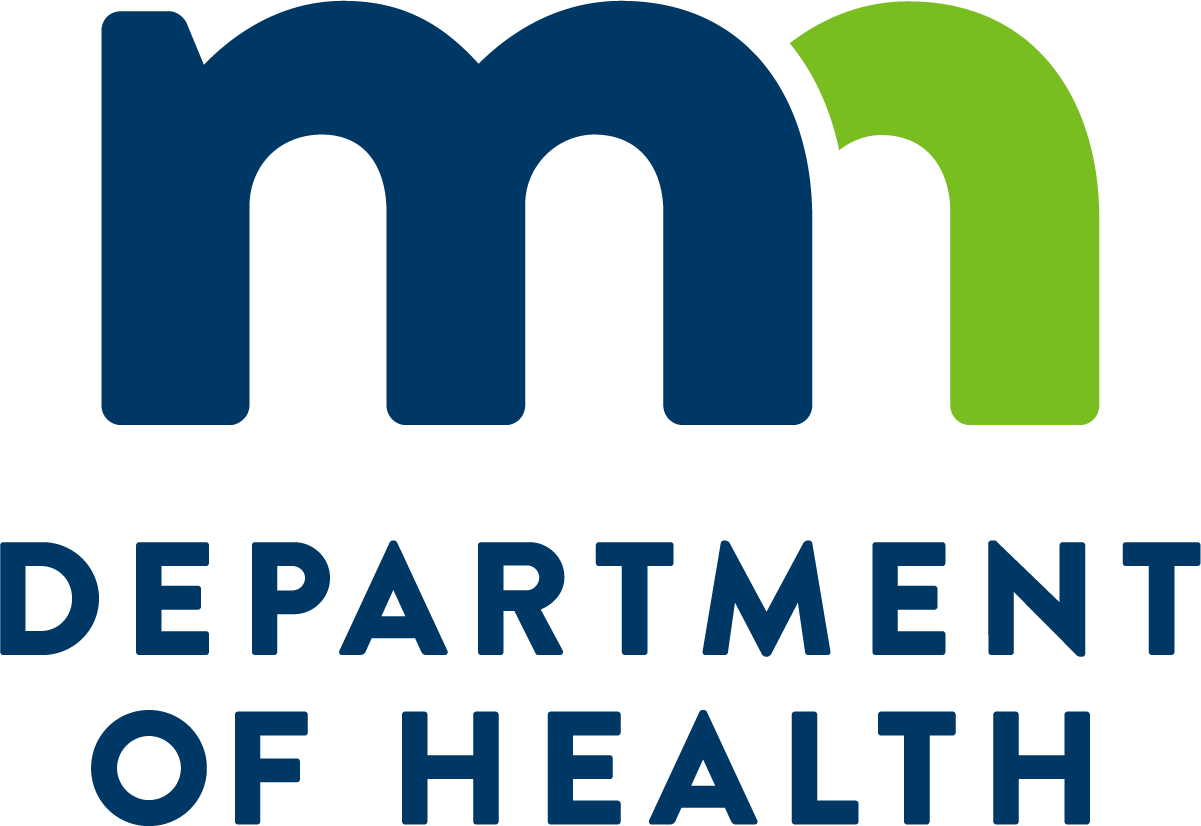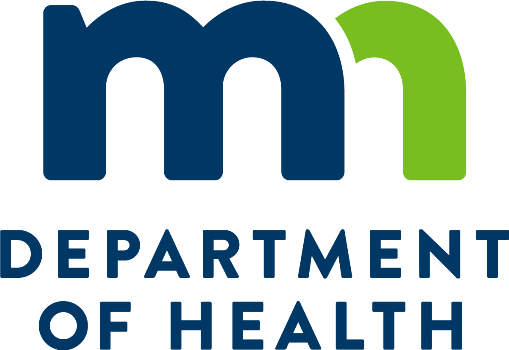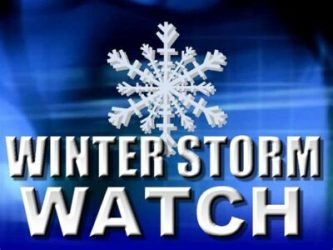Minnesota has seen a significant increase in access to stroke care, and 92% of Minnesotans now live within a 30-minute drive of a designated Stroke System Hospital. Stroke is the sixth leading cause of death and one of the leading causes of disability in Minnesota, and outcomes improve for victims when they can get to the hospital for treatment as soon as possible.
Minnesotans can find a hospital designated for stroke care at Minnesota Stroke System Designated Hospitals. The Minnesota Department of Health (MDH) designates facilities as Acute Stroke Ready Hospitals, Primary Stroke Centers, and Comprehensive Stroke Centers. A recent update of the Stroke Drive Time Map found that Minnesota has come a long way during the last ten years. In 2012, only 60% of Minnesota’s population lived within 30 minutes of a designated stroke center. This progress means more than 1.7 million additional Minnesotans now have better access to emergency stroke care.
“If you’re having a stroke, you need to go to the hospital fast in order to have the best possible outcome,” said Minnesota Commissioner of Health Jan Malcolm. “That is why it is heartening to see that our drive-time map is showing a big improvement in stroke-ready hospitals and access to emergency stroke care. Thanks to our hardworking hospital partners and MDH Stroke Team, more Minnesotans than ever have access to life-saving stroke care.”
Since 2014, the MDH Stroke Program has been striving to improve stroke care by designating stroke hospitals so that all Minnesotans can live near the best stroke care possible. Facilities are designated as Acute Stroke Ready Hospitals, Primary Stroke Centers, and Comprehensive Stroke Centers. These designated hospitals make up the Minnesota Stroke System. Having a designation program and a statewide stroke care system has encouraged hospitals to implement best practices. The Minnesota Department of Health partners with the American Heart Association, hospitals, EMS agencies, and many others to implement this coordinated system of care for Minnesota. This statewide system ensures all hospitals are equipped and ready to treat stroke quickly.
A stroke occurs when the blood supply to the brain is suddenly stopped. Strokes can lead to permanent disability and death. However, doctors have medications that can help remove blockages and restore blood flow. October 29 is World Stroke Day, a chance to get informed. The more people who know what to do, the more lives can be saved. You can help keep yourself and your loved ones safe by learning the warning signs of stroke and knowing the location of the stroke center closest to you.
Because time lost can be brain loss, it is important to know the signs of stroke and err on the side of safety and call 9-1-1.
An easy way to remember how to recognize a stroke is “BE FAST:”
B – Balance loss. Does the person have a sudden loss of balance or coordination?
E – Eyesight changes. Is eyesight suddenly blurred or double? Is there a sudden loss of vision?
F – Face drooping. Does the tone side of the face droop or is it numb? Ask the person to smile.
A-Arm weakness. Is one arm weak or numb? Ask the person to raise both arms. Does one arm drift downward?
S – Speech difficulty. Is speech slurred, are they unable to speak, or are they hard to understand?
T – Time to call 9-1-1. If the person shows ANY of these symptoms, even if the symptoms go away, call 9-1-1 and get them to a hospital immediately.
The signs and symptoms of a stroke are:
- Sudden numbness or weakness of the face, arm, or leg, especially on one side.
- Sudden confusion or trouble understanding.
- Sudden trouble seeing in one or both eyes.
- Sudden trouble walking, dizziness, or loss of balance.
- Sudden severe headache with no known cause.





